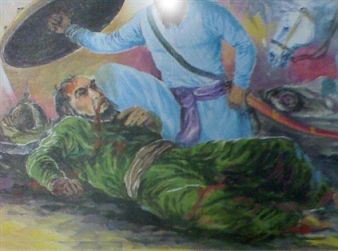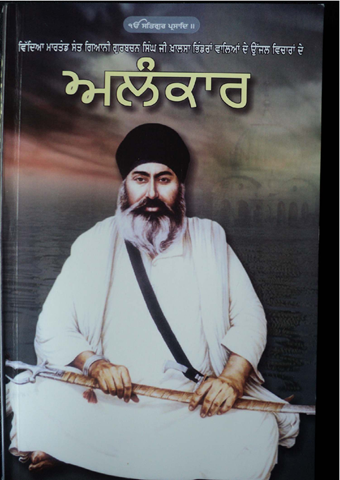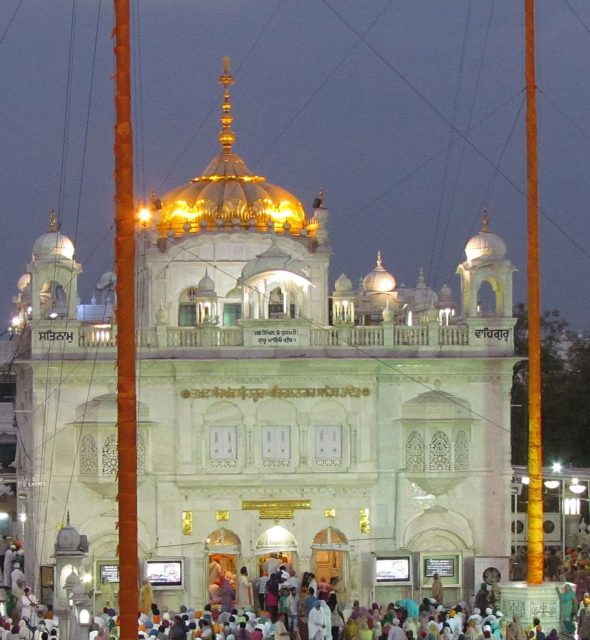
ABCHAL NAGAR, more correctly spelt Abichalnagar (abichal, lit. firmly fixed, unshakably rooted), i.e. City Everlasting, is the name Sikh tradition lias given Nanded, a district town in Maharashtra. The place is sacred to Guru Gobind Singh, who passed away here on 7 October 1708. The shrine honouring his memory is treated as a takht, seat constituting decisive religious authority for the Sikhs, and is named Takht Sachkhand Sri Hazur Sahib, Abchalnagar. The name was probably suggested by a Scriptural line abichal nagaru~gobind guru ka namu japat sukhu paia ram (rooted steadfast stands the City of the Master Lord where solace is attained by repeating the Name (GGS,pg 783), usually interpreted as referring to the City of Amritsar founded by Guru Ram Das, Nanak IV.
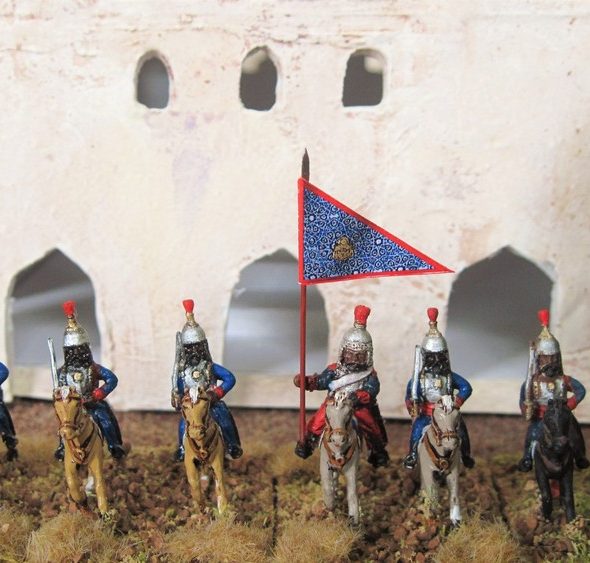
ADVENTURES OF AN OFFICER IN THE PUNJAB (2 vols.) by Major H. M. L. Lawrence, under the pseudonym of Bellasis, published in AD 1846 by Henry Colburn, London, and reprinted in 1970 by the Languages Department, Punjab, Patiala. The book which is a rambling account, half fact half fiction, of the author`s adventures, provides information about the rise of the Sikhs and about the person and government of Maharaja Ranjit Singh. This is "a dose of history, which the reader may read or not, as he pleases" (p. 236), mixed with scandal and bazaar gossip.
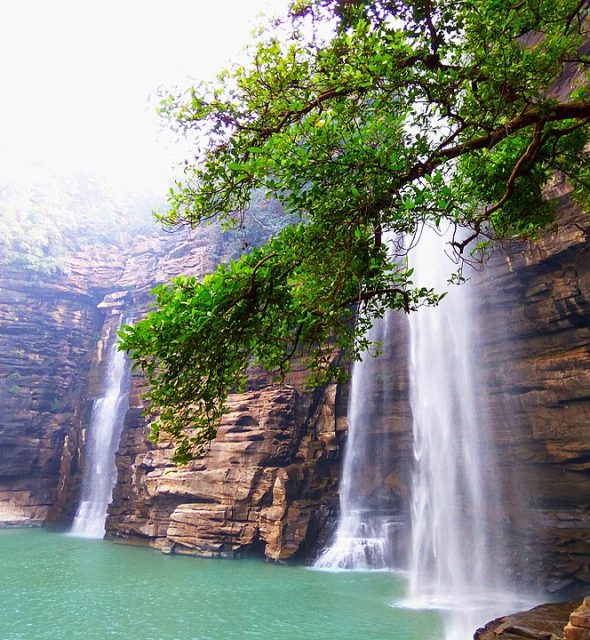
AHRAURA, a small town in Mirzapur district of Uttar Pradesh, 40 km south of Varanasi (25°20\'N, 8205-81 E). has a Sikh shrine called Gurudwara Bagh Shri Guru Tegh BahadurJi Ka. Guru Tegh Bahadur visited Ahraura in 1666 in the course of his journey in the eastern parts. It is said that he told a devotee, Bhai Sadhoji, to plant a tree. This was the beginning of a garden which still exists. From this garden (bagh), the Gurdwara derives its name. A closet called Nivas Sthan marks the room in which Guru Tegh Bahadur is said to have stayed.
AKAR, a village in the interior of Patiala district, possesses a historical shrine called Gurdwara Nim Sahib. The Gurdwara commemorates the visit of Guru Tegh Bahadur who, during one of his journeys through the Malva territory, put up here near a mm (margosa) tree, which still exists. The leaves of one of the boughs of this tree which leans over the shrine are tasteless while those on the rest of the tree possess their natural bitter taste. The miracle is attributed to Guru Tegh Bahadur, who is said to have pulled off a twig from this branch and used it to cleanse his teeth.
ALAM CHAND HANDA, a Sikh of Guru Arjan\'s time. As says Bhai Mani Singh, Sikhan di Bhagat Mala, Alam Chand, along with Bhai Murari Anand, Bhai Kaliana, Bhai Nanori, Bhai Latkan of Bindrao clan, and Bhai Saisaru Talvar, once came to the Guru and spoke with folded hands, "0 support of the support less, show us the way to liberation." The Guru said, "Practise the sabda, or the sacred word, and serve others." Alam Chand said, "Lord, our minds are humble as long as we are listening to the sacred hymns, but they go wayward the moment we leave the sangat.




